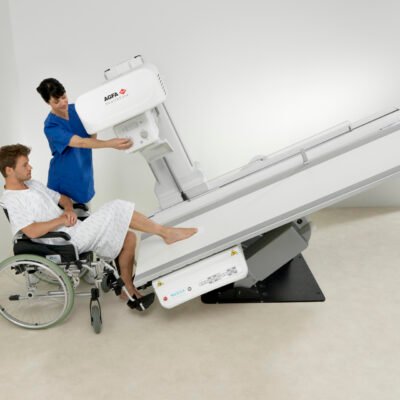The tooth number chart, also known as the dental notation or the Universal Numbering System, is a system used by dentists and orthodontists to identify and label specific teeth in the mouth. This chart provides a standardized way to communicate and reference teeth during dental procedures, oral examinations, and orthodontic treatment. In this article, we will explore the tooth number chart, its components, and its significance in dental and orthodontic practices.
Understanding The Tooth Number Chart:
The tooth number chart is a visual representation of the dentition, with each tooth assigned a unique number or code. The chart consists of two parts: the maxillary arch (upper jaw) and the mandibular arch (lower jaw). The numbering system starts from the central incisors in the front and moves towards the back of the mouth, ending with the third molars, also known as wisdom teeth. The teeth in each arch are divided into quadrants, with the upper right being quadrant 1, upper left being quadrant 2, lower left being quadrant 3, and lower right being quadrant 4.
Universal Numbering System:
The most widely used tooth numbering system is the Universal Numbering System. In this system, each tooth is assigned a two-digit number. The numbers 1-8 represent the permanent incisors, with the central incisor being number 1 and the lateral incisor being number 2. The numbers 9-16 represent the canines, and the numbers 17-32 represent the premolars and molars. For example, tooth number 3 corresponds to the permanent right first molar, while tooth number 20 corresponds to the permanent left second premolar.
Primary Teeth Numbering:
Primary teeth, also known as baby teeth, have their own numbering system called the Primary Tooth Numbering System. In this system, each primary tooth is assigned a letter from A to T. The letters A to J represent the upper arch, and K to T represent the lower arch. For instance, tooth letter E corresponds to the upper right primary central incisor, while tooth letter S corresponds to the lower left primary second molar.
Importance In Orthodontics:
The tooth number chart is particularly significant in orthodontics, as it helps orthodontists plan and communicate treatment strategies effectively. Orthodontic appliances, such as braces or aligners, are designed to exert pressure on specific teeth to correct misalignments and malocclusions. The tooth number chart allows orthodontists to precisely identify the teeth requiring intervention and track their progress throughout treatment.
Finding An Orthodontist Near You In Houston:
If you are in Houston and seeking orthodontic treatment, it’s important to find a reputable and experienced orthodontist. Here are some steps to help you find an orthodontist near me:
- Ask for recommendations: Seek recommendations from your general dentist, family, friends, or colleagues who have undergone orthodontic treatment.
- Research online: Utilize online platforms, such as search engines or directories, to find orthodontists in your area. Read patient reviews and check their qualifications and experience.
- Check credentials: Ensure that the orthodontist you choose is licensed and board-certified. Look for affiliations with professional organizations like the American Association of Orthodontists.
- Schedule consultations: Narrow down your options and schedule initial consultations with a few orthodontists to discuss your treatment needs, goals, and financial considerations.
- Consider affordability and insurance coverage: Inquire about the cost of treatment and whether the orthodontist accepts your dental insurance. Also, ask if they offer flexible payment plans or financing options.
Conclusion:
The tooth number chart is an essential tool in dentistry and orthodontics for identifying and referencing specific teeth in the mouth. It provides a standardized system that helps dentists, orthodontists, and other dental professionals communicate effectively and accurately during dental procedures and treatment planning.
Understanding the tooth number chart allows patients to have a clearer picture of their dental health and treatment options. It enables them to actively participate in discussions with their dental care providers, ask informed questions, and make informed decisions regarding their oral health.
Furthermore, the tooth number chart plays a vital role in orthodontics. Orthodontists rely on this chart to plan and execute orthodontic treatments, such as braces or aligners, to correct misalignments and achieve proper occlusion. The chart helps orthodontists track the progress of individual teeth throughout the treatment process, ensuring the desired outcome is achieved.
If you are in Houston and looking for an orthodontist, it is crucial to take the time to research. And find a qualified professional who can meet your specific needs. By following the steps mentioned earlier, you can locate an orthodontist near you. Who possesses the necessary expertise and experience to provide quality orthodontic care.
In conclusion, the tooth number chart serves as a valuable tool in dentistry and orthodontics. Facilitating effective communication, treatment planning, and patient engagement. It ensures a systematic approach to dental care and enhances the overall oral health outcomes for patients.





